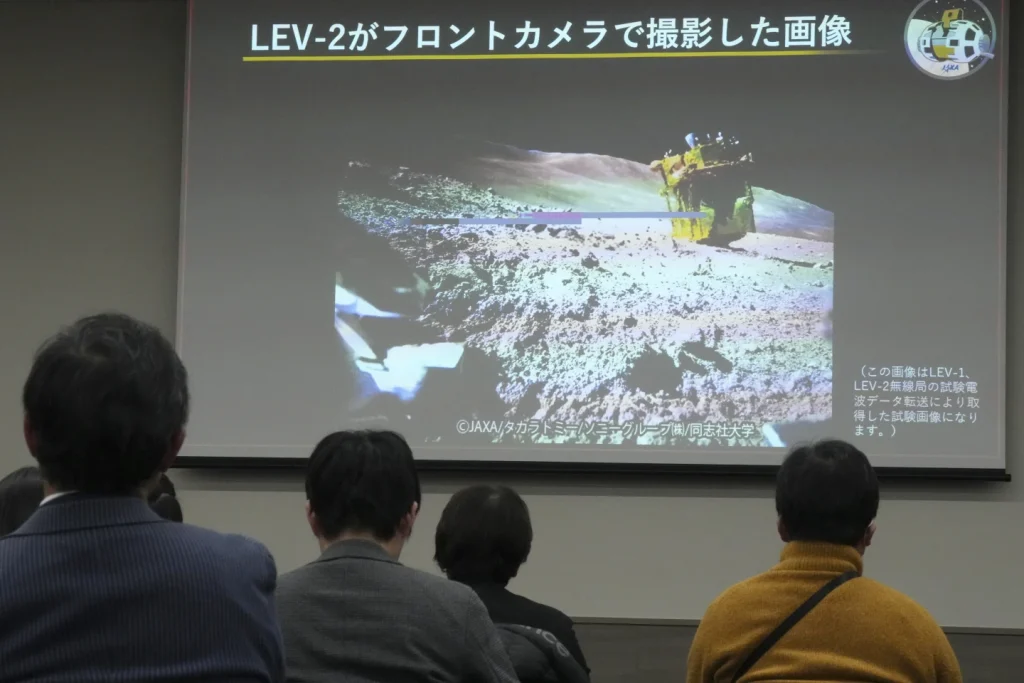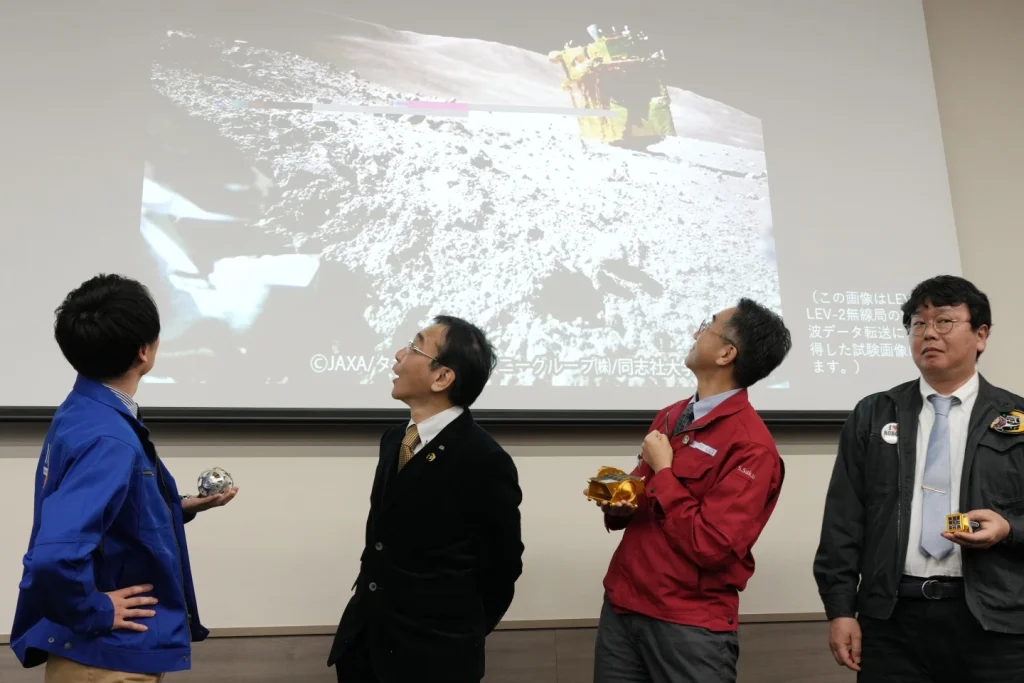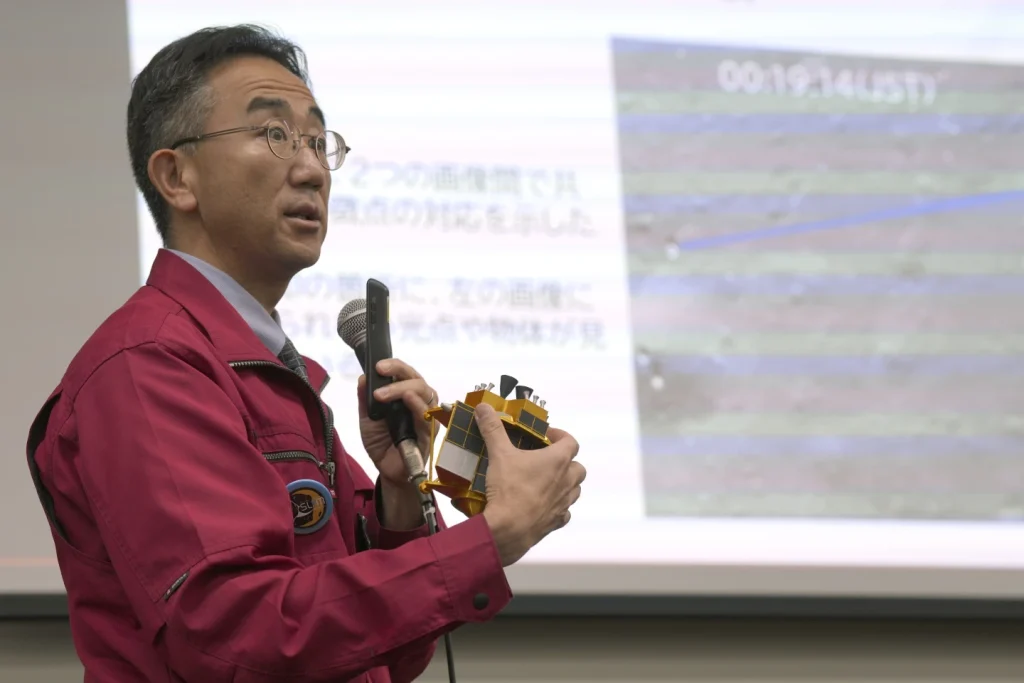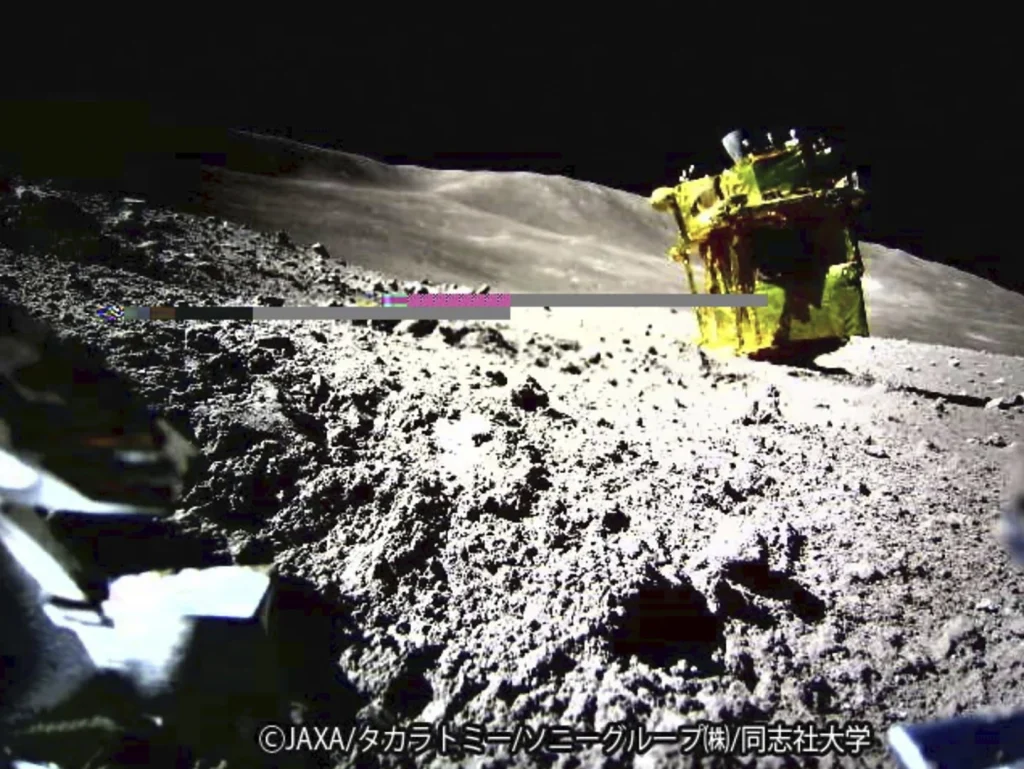The recent achievement of the Japan Aerospace Exploration Agency (JAXA) in successfully landing the Smart Lander for Investigating Moon (SLIM) on the lunar surface marks a significant milestone in the realm of space exploration.
This remarkable feat not only demonstrates Japan’s technological prowess but also showcases the potential for enhanced scientific exploration and discovery on the moon.
The precision landing system employed by JAXA during the SLIM mission is a testament to the agency’s dedication to pushing the boundaries of space exploration.
Unlike previous lunar missions, which utilized landing zones of approximately 10 kilometers in width, SLIM aimed for a target area of just 100 meters.
This heightened level of accuracy is poised to revolutionize our understanding of the moon’s terrain and geology, as probes can now be positioned closer to potential obstacles and diverse geological features.
While the initial moments following the landing were shrouded in uncertainty due to challenges with the probe’s solar batteries, the subsequent confirmation of SLIM’s touchdown represents a resounding success for JAXA.
The autonomous probes released by SLIM provided invaluable images of the box-shaped vehicle on the lunar surface, despite the unexpected predicament of the probe appearing to be upside down.
Following meticulous data analysis, JAXA determined that SLIM landed approximately 55 meters away from its intended target, nestled between two craters near the Shioli crater, an area characterized by volcanic rock.

This deviation from the precise landing spot, while a setback, underscores the complexities and inherent risks associated with space exploration.
However, the resilience of the JAXA team and their unwavering commitment to the mission’s objectives are evident in their continued efforts to overcome these challenges.
The unforeseen issue with the craft’s solar panels, which resulted in an incorrect orientation and hindered power generation, presents a formidable obstacle.
Nevertheless, JAXA remains optimistic about the probe’s prospects for recharging once the moon enters its daytime phase in the coming days.
The potential success of this endeavor underscores the agency’s adaptability and determination to navigate unforeseen hurdles in the pursuit of scientific inquiry.
The images transmitted back from the lunar surface, as described by JAXA project manager Shinichiro Sakai, not only validate the agency’s meticulous planning and execution but also evoke a sense of awe and wonder.
The realization of these images, resembling those envisioned in computer renderings, serves as a poignant reminder of humanity’s capacity for innovation and exploration.
In conclusion, Japan’s successful SLIM lunar mission stands as a testament to the nation’s technological prowess, scientific ambition, and unwavering spirit of exploration.
Despite the unexpected challenges encountered, the mission exemplifies the remarkable achievements made possible through precision engineering, perseverance, and the unyielding pursuit of knowledge.
As we look to the future, the insights gleaned from this mission are poised to expand our understanding of the moon and pave the way for further advancements in space exploration.
JAXA’s triumph with the SLIM mission serves as an inspiration for future generations of scientists, engineers, and explorers, igniting a spirit of curiosity and discovery that transcends the boundaries of our world and extends into the vast expanse of the cosmos.
The successful landing of SLIM on the moon marks a significant achievement in space exploration. The precision of the landing, as noted by Sakai, demonstrates the capabilities of the technology developed by the team at JAXA.

This milestone has opened up new possibilities for further exploration and research in space. The collaboration between JAXA, Sony, Tomy Co., and Doshisha University has resulted in the development of innovative probes, LEV-1 and LEV-2, which have autonomously captured and transmitted images back to earth.
The successful transmission of 275 images, despite the challenges of the mission, is a testament to the hard work and dedication of the team. The impact of this achievement will undoubtedly pave the way for future advancements in space exploration.
Japan has now joined the ranks of the United States, the Soviet Union, China, and India in successfully reaching the surface of the moon.
This significant achievement is the result of two decades of dedicated work on precision technology by the Japan Aerospace Exploration Agency (JAXA).
JAXA has demonstrated its proficiency in executing challenging landings through past endeavors, such as the Hayabusa2 spacecraft, which was launched in 2014 and successfully touched down twice on the 900-meter-long asteroid Ryugu, subsequently collecting samples that were brought back to Earth.
The SLIM mission, affectionately dubbed “the Moon Sniper,” was conceived with the purpose of uncovering valuable insights into the moon’s origins, including the analysis of minerals utilizing a specialized camera.
Launched aboard a Mitsubishi Heavy H2A rocket in September, SLIM initially orbited Earth before entering lunar orbit on December 25th. Japan’s aspiration is to instill renewed confidence in its space technology following a series of setbacks.

Notably, a Japanese company’s spacecraft met with failure during a lunar landing attempt in April, and a new flagship rocket experienced a failed debut launch in March.
This successful mission to the moon marks a significant milestone for Japan’s space exploration endeavors and underscores the nation’s commitment to advancing scientific understanding and technological capabilities in the realm of space exploration.
